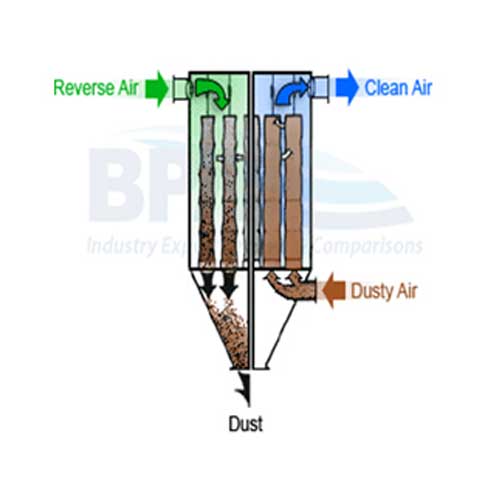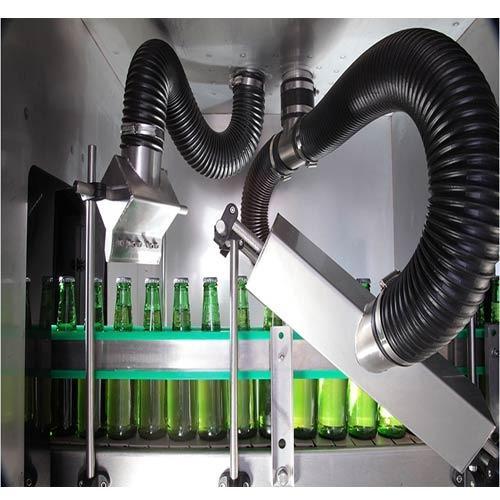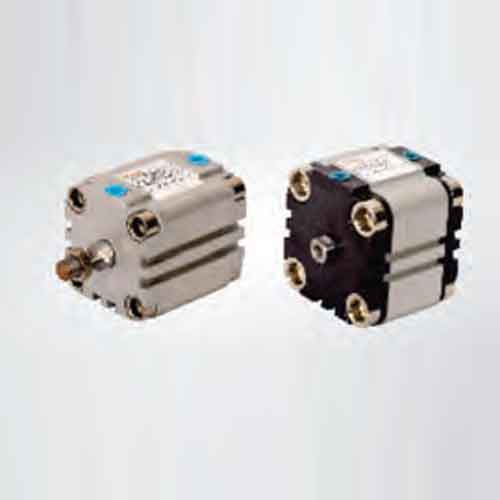Schedule a Call Back
“The Indian HVAC market is projected to reach $29.4 billion by 2030”
 Articles
Articles- Aug 26,24

Related Stories

Setco Automotive enters engine cooling market with new water pump launch
Setco Automotive expands its product range with a new water pump for LCVs and MHCVs, reinforcing its presence beyond clutches into engine cooling solutions for global OEM and aftermarket clients.
Read more
Balancing sustainability and compliance in pharma industry with HVAC solutions
HVAC systems account for more than 50 per cent of total energy consumption in cleanrooms. Kishor Patil of Trane Technologies explores how energy-efficient HVAC systems can help pharmaceutical compan..
Read moreAtlas Copco Group launches new Pune facility
The manufacturing facility is built on Industry 4.0 principles, integrating smart manufacturing technologies and sustainability.
Read moreRelated Products

Reverse Air Bag House
ABR Enviro Systems offers a wide range of reverse air bag house.

High Quality Air Knife System
Superchillers offers high quality air knife system. Read more

Compact Cylinders -Vadvu Series
Vijay Air Control offers a wide range of compact cylinders -Vadvu Series


















